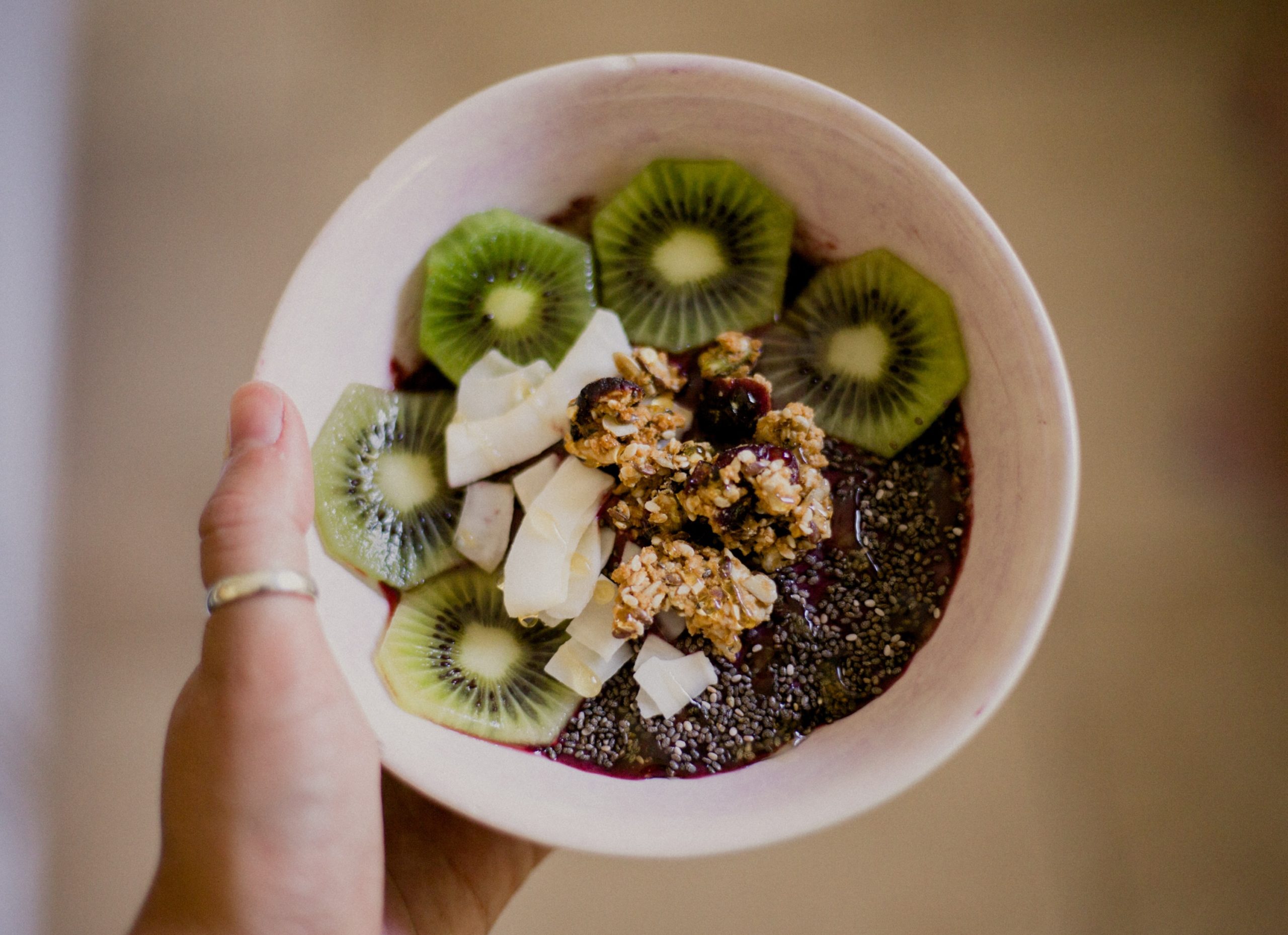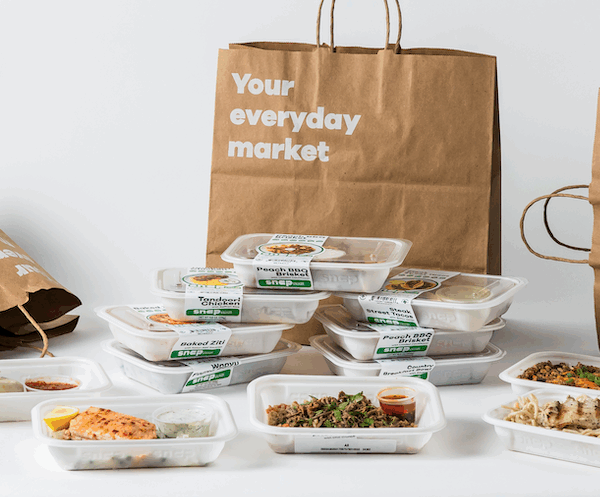The way we eat is guided by so many internal and external factors: our genetics, income level, and even where we live. Eating can be a sport to you, or it can be a time to relax and socialize.
What we mean to say is…our relationship with food doesn’t revolve around what it is we eat; it’s more about why and how we eat it.
In a world that so often feels like it’s closing in around us with diet pills, juice cleanses and impossible beauty standards, it can feel like we’re alone to deal with our relationship with food. But we’re absolutely not. You’re not alone — and there’s actually a ton of science around why your relationship with food is so tumultuous. Let’s dive in.
Dopamine’s relationship to how we eat
For starters, the ‘why we eat it’ is very much tied up in dopamine. Dopamine is a substance created by your brain to help you feel pleasure and find things interesting. It’s the thing that helps you plan, take up hobbies; it affects many functions like your sleep, motivation, heart rate, mood, attention and so much more.
It also tells you how much food to eat before you feel satisfied. For many who are low on dopamine, they might face issues like fatigue and weight gain.
In fact, more than one-third of the U.S. population is now obese, due in part to low dopamine levels. Because of this, healthcare costs have skyrocketed and are increasing at a rate of $150 billion per year.
From the perspective of our dopamine levels, there are four main factors that show the imbalance between reward and conditioning:
- Reward-saliency
- Motivation-drive
- Learning-conditioning
- Inhibitory control–emotional regulation–executive function
In layman’s terms? When your brain is anticipating a reward for an activity, your dopamine levels spike. This increases your enjoyment of that reward.
It’s not a bad thing in and of itself, but too little dopamine and your whole body can be thrown off balance.
If you feel like you might be one of the many who are deficit in dopamine, there are a handful of things you can do to naturally increase your levels.
- Avoid processed foods, sugar, and caffeine
- Practice meditation and taking mental breaks throughout the day to avoid stress
- Get a good night’s sleep
- Eat foods that are rich in Magnesium, like nuts, veggies, beans and more
We could go on; an entire book can be devoted to dopamine and its relation to the foods you eat. But what has had even more of an impact on our relationship with food?
Socioeconomic factors: income, education, occupation
For many, health is a luxury. It takes means and access to grab fresh meat, handfuls of tomatoes, a fresh head of butter lettuce, a few bell peppers. It’s not cheap, and it’s sometimes not very calorically-dense per the dollar spent, but it is packed with nutrients.
Fast food on the other hand, typically has more calories per dollar spent but is far less nutritious.
We’ve made healthy food almost inaccessible for the poor. And thus, we’ve made our relationship with food, as a society, a status symbol. Those who have had access to better education, higher income, or a better occupation have also been granted access to better foods.
And it’s not just those who are lower-income who aren’t able to afford higher quality food. As of 2012, 17 percent of U.S. households are “food insecure”, meaning “they occasionally run out of money for food, or food entirely,” according to the Washington Post.
In a recent study published by Vice News, participants were given budgets of either $20 or $100 and instructed to order food off a menu. The objective? To study purchasing behaviors given budgetary constraints. The project’s menu included nutritional info and an optional discount.
The ones who were given $20 “… didn’t even look at the dishes and calories, and they didn’t even look at the discount,” says Jiaying Zhao, a psychology professor at the University of British Columbia.
Not only that, but according to the Pew Research Center, this affects more people than you might think: as of 2018, the highest-earning 20 percent of families made more than half of all the U.S. income in 2018. And the gap isn’t just widening by income, it’s widening by race as well: the median black household income is 61% of the median white household income.
Additionally, there’s the problem of food deserts. No, not desserts — we mean deserts. A food desert describes an area or neighborhood where options to affordable and nutritious foods are limited. This typically impacts the lower-income the most, where many are finding healthy food inaccessible both monetarily and physically.
Additional reasons for disordered relationships with food
Socioeconomic status and dopamine both explain how & why we have the relationship with food that we do. Here are a few ways in which we see that relationship play out:
- Diet culture — including engaging in fad cleanses and diet pills.
- Disordered eating — like anorexia, bulimia, orthorexia, and beyond.
- Stress/anxiety — as we’ve mentioned before, the gut is like a second brain. Your gut can feel your anxiety and stress and impact your hunger levels, and vice versa. (And some of the poorest among us experience higher levels of stress than anyone in the U.S.)
- The media — no, we don’t mean to call out the media as a whole, but rather, the media’s obsession with the perfect bod and the perfect diet (spoiler: it doesn’t exist!) at all costs — even at the expense of your nutrition and wellbeing.
- Food allergens — sometimes, allergens to food like gluten, dairy, peanuts, and more can lead to disordered eating due to an increased fixation on food and health.
But here’s the thing. You have to eat. Where daily decisions like alcohol and smoking are optional choices that you make, food is a necessity. When finding your source of food in areas that can be classified as food deserts, in areas where access to clean, healthy, nutritional food isn’t readily available, we end up making the choice most convenient to our location — and our budget. We choose what satisfies our cravings, sometimes at the expense of our health.
—
With meal plans from Snap, you can get healthy, nutritional food delivered to your door. And by using our code WELCOME60, you can save $60 on your first three weeks after signing up! Shop today.





Leave a Reply
No Comments